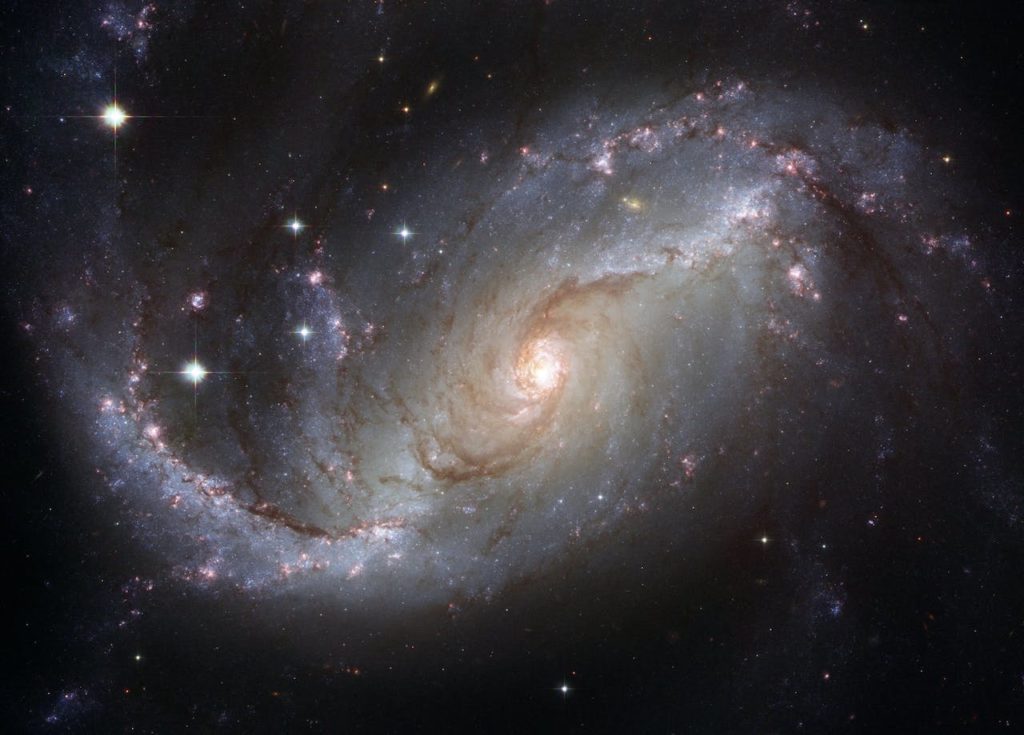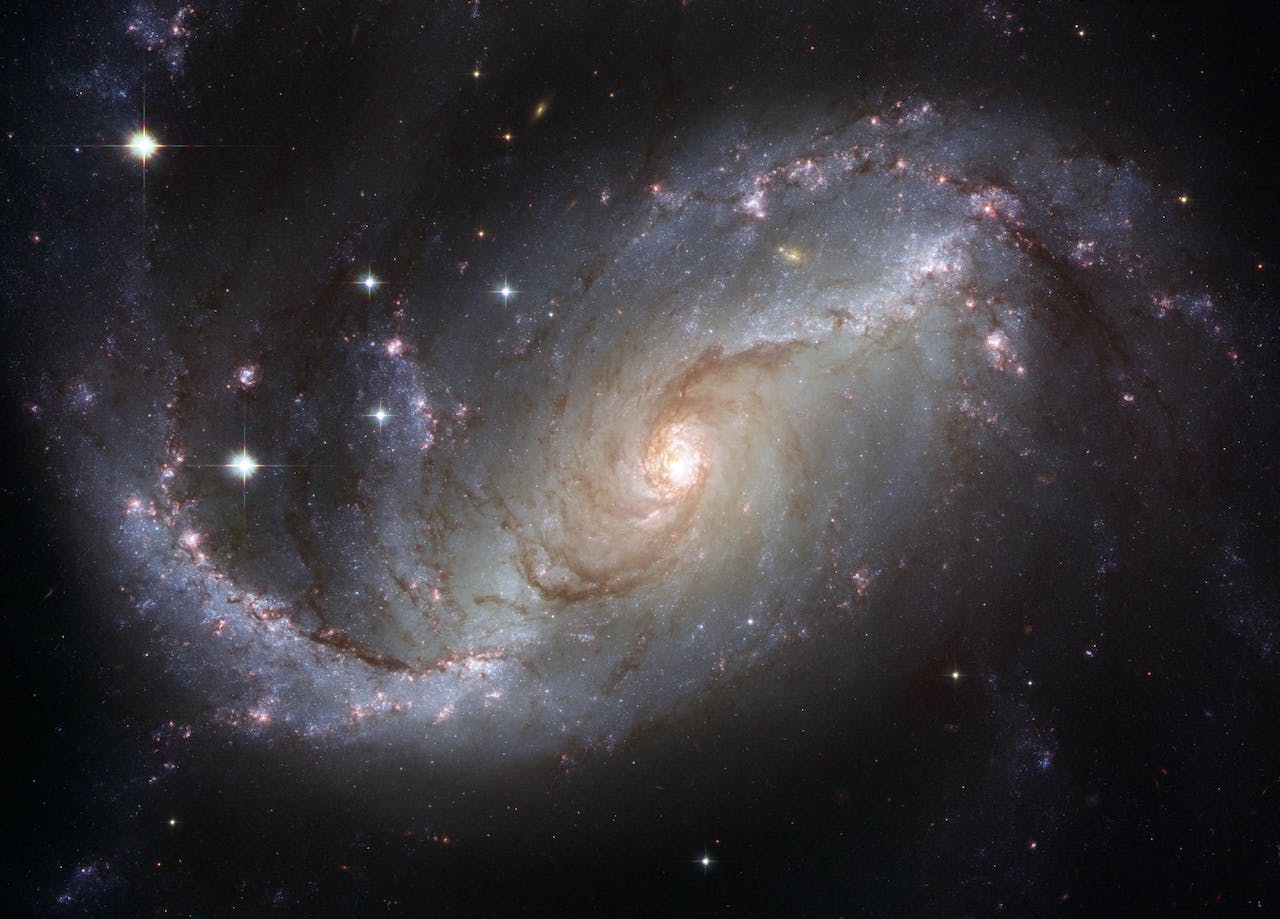
Can a binary star system have planets? Yes. There are two types. There are circumbinary planets that orbit both of the stars and there are circumstellar planets that just orbit one of the stars.
A binary system is where two suns are gravitationally connected to each other and they orbit around a common center of mass. This common center of mass is the point where the gravity of the two bodies is equal and it is called the barycenter. This is the center of gravity for something and the point where it balances. If you have a piece of wood with two equal weights on either end, the center of balance is in the middle. If you make one of the weights bigger, you have to move it closer to the center of the piece of wood for it to still balance. This is the same with stars and planets. If one of the bodies is far larger than the other, the barycenter will not be between them, but located inside one of the bodies. If that is the case, the smaller body will orbit around the bigger body. So, if two suns are in a binary system and one of them is much bigger than the other, the smaller sun will orbit around the bigger one. For example, the barycenter for the Earth and the moon is 4,671 km from the center of the Earth. That means the moon’s orbit around the Earth is not circular, but elliptical. The sun is far larger than the Earth, so the barycenter is almost in the center of the sun. However, Earth’s orbit is altered because of the pull of all of the other planets as well.
Binary star systems are surprisingly common. It seems that 85% of all the stars within 81 light years of Earth are in binary systems. It seems that whether a star becomes a single star or part of a binary system depends on its magnetic field. If the magnetic field is strong, the collapsing gas cloud will form one star. If the magnetic field isn’t strong, the collapsing cloud will form several stars, or the one star will break up into several smaller stars.
So, do binary star systems have planets and how do they work? There are two ways that planets can orbit binary stars. The first way is just by orbiting one of the stars. This is called a circumstellar planet. Earth is a circumstellar planet because we only orbit one stars. However, planets that orbit around one star in a binary system have to orbit very close to the star. They are pulled by the gravity of the star they are orbiting around, but they are also pulled by the star they are not orbiting around. If they orbit too far away from the first star, they can be pulled away by the gravity of the second star.
The second type of planets are called circumbinary planets. They orbit around both stars in the system. These planets orbit far outside the motion of the two stars, orbiting around the center of mass between them. It is thought that the two stars and the planets that orbit around them all formed from the same disk of gas and dust, in the same way our solar system developed. It is also possible that the stars could catch a planet without a star.
Can planets that orbit a binary star system support life? That is obviously a difficult question because nobody really knows what is necessary for life. We can see what supports life on our planet, but that is not necessarily the same everywhere in the universe. The problem with a planet that orbits one star of a binary system is that it would have to obit very close to that star. Such as short distance would probably mean that the star is very hot. It would be something like Venus, in our Solar System, which is far too hot to support any life. However, circumbinary planets could support life. If the planet was at the right distance from both of the stars, it could, theoretically have an even year-round temperature that would make life possible. Computer models have shown that a planet with water orbiting at just the right distance, could retain its water, have an atmosphere, and be the right temperature for life. Assuming that other life in the universe needs what we need. So far, most of the circumbinary planets that have been found are gas giants. It could be the case that these planets are made up of most of the left over material that made the stars, which is why they are so big. Gas giants cannot support life, but they might have moons that can. And this is what I learned today.
Photo by Pixabay: https://www.pexels.com/photo/gray-and-black-galaxy-wallpaper-2150/
Sources
https://en.wikipedia.org/wiki/Circumbinary_planet
https://en.wikipedia.org/wiki/Habitability_of_binary_star_systems
https://www.atnf.csiro.au/outreach/education/senior/astrophysics/binary_intro.html
https://en.wikipedia.org/wiki/Barycenter_(astronomy)
https://astronomy.stackexchange.com/questions/18169/what-point-does-earth-actually-orbit
https://iopscience.iop.org/article/10.1088/0004-637X/794/1/44

